Weeds are a common problem for gardeners and homeowners who want to keep their lawns and gardens healthy and beautiful. But what exactly are garden weeds?
Garden weeds are unwanted plants that naturally grow in your lawn, flower beds, vegetable garden, and patio. Some are harmless and produce beautiful flowers, while others are invasive and compete with other plants for nutrients, sunlight, and water. If you want to maintain pristine green outdoor spaces, you’ll have to keep the weeds at bay.
Each weed has its unique characteristics, growth habits, and challenges. Hence, identifying and understanding the various types of weeds that commonly infiltrate our gardens is the first step in effective weed management.
- How Many Types of Weeds Are There?
- Chemical Weed Control
- #1 Yellow Nutsedge (Cyperus esculentus)
- #2 Large Crabgrass (Digitaria sanguinalis)
- #3 Common Dandelion (Taraxacum officinale)
- #4 Common Chickweed (Stellaria media)
- #5 Canada Thistle (Cirsium arvense)
- #6 Quackgrass (Elymus repens)
- #7 Common Purslane (Portulaca oleracea)
- #8 Redroot Pigweed (Amaranthus retroflexus)
- #9 White Clover (Trifolium repens)
- #10 Ground-Ivy (Glechoma hederacea)
- #11 Shepherd’s Purse (Capsella bursa-pastoris)
- #12 Lamb’s Quarters (Chenopodium album)
- #13 Asiatic Dayflower (Commelina communis)
- #14 Common Blue Violet (Viola sororia)
- #15 Pennsylvania Smartweed (Persicaria pensylvanica)
- #16 Quickweed (Galinsoga parviflora)
- #17 American Pokeweed (Phytolacca americana)
- #18 Black Nightshade (Solanum nigrum)
- #19 Black Medic (Medicago lupulina)
- #20 Poison Ivy (Toxicodendron radicans)
- #21 Common Henbit (Lamium amplexicaule)
- #22 Common Daisy (Bellis perennis)
- #23 Japanese Knotweed (Reynoutria japonica)
- #24 Common Mallow (Malva neglecta)
- #25 Annual Bluegrass (Poa annua)
- #26 Hedge Bindweed (Calystegia sepium)
- #27 Poison Sumac (Toxicodendron vernix)
- #28 Hedge Bedstraw (Galium mollugo)
- #29 Ribwort Plantain (Plantago lanceolata)
- #30 Common Horsetail (Equisetum arvense)
- Popular Queries About Lawn Weeds (FAQ)
How Many Types of Weeds Are There?
There are about 30,000 species grouped as weeds, and they can be classified based on their life cycle and morphology. This method categorizes weeds into three main groups:
- Grasses. These narrow-leaved plants have hollow stems and produce seeds at the top. Grass weeds can be annual or perennial. Some common examples are crabgrass and quackgrass.
- Sedges. These grass-like plants have triangular stems and grow in wet or moist areas. They are mostly perennial and can be challenging to control. Some common examples include yellow nutsedge, purple nutsedge, water sedge, and globe sedge.
- Broadleaf weeds. These plants have broad, flat leaves and produce flowers and seeds. They can be annual, biennial, or perennial. Some common examples include dandelion, clover, and bindweed.
With knowledge, gardeners can implement targeted strategies to control these unwelcome guests.
Chemical Weed Control
Invasive and harmful types of weeds can be controlled using mechanical methods (like hand-pulling, mowing, and mulching). However, chemical weed control is usually the most effective.
Chemical weed killers include:
- A pre-emergent herbicide prevents weed seeds from germinating and is generally applied before the weed season starts.
- A post-emergent herbicide kills weeds after they have emerged from the soil and are actively growing.
- A non-selective herbicide kills not only weeds but also desirable plants. It’s perfect for clearing areas of vegetation before planting or renovating a lawn.
- A selective broadleaf herbicide kills only broadleaf weeds with flowers and seeds. It’s often used to control weeds in grass, lawns, pastures, and crops.
As we delve deeper into the specifics of each weed, we’ll uncover the most common types of weeds and their controlling possibilities for a weed-free and flourishing outdoor space.
#1 Yellow Nutsedge (Cyperus esculentus)
Type: Invasive, perennial grass-like sedge.
Size: Up to 3 ft (90 cm) tall.
How to identify: Yellow nutsedge boasts erect, hairless triangular stems with long, narrow, grass-like leaves and yellow spikelets.
Tackling yellow nutsedge can be challenging since it grows fast and hides those pesky tubers underground. Try pulling it out by hand, using mulch, and keeping your garden healthy to weaken it. A selective broadleaf herbicide with the active ingredient sulfentrazone can help, too, but you might need more than one treatment.
#2 Large Crabgrass (Digitaria sanguinalis)
Type: Summer annual weed.
Size: About 2.5 ft (80 cm) tall.
How to identify: Large crabgrass has flat, spreading stems that have hairy coverings along with sheaths and blades. At the ends of these stems, you’ll find clusters of spikelets that resemble finger-like structures.
Deal with large crabgrass by yanking out those young plants by hand and applying mulch to prevent new growth from sprouting. Try using selective pre-emergent herbicides with active ingredients such as bensulide, dithiopyr, pendimethalin, and prodiamine in early spring.
#3 Common Dandelion (Taraxacum officinale)
Type: Perennial herb.
Size: The rosettes of leaves are 3 to 10 in (7 to 25 cm) long, while flower hollow stalks can reach 2 to 24 in (5 to 61 cm) tall.
How to identify: Common dandelions have rosettes of toothed, oval to diamond-shaped leaves and yellow flower heads that turn into fluffy seed heads after blooming.
Beautiful spring-blooming dandelions can host aster yellow disease, which affects several vegetable crops. Pull them out by hand, and keep your lawn healthy by mowing and mulching. Additionally, consider using selective, post-emergent herbicides with active ingredients such as 2, 4-D, MCPP, dicamba, or triclopyr.
#4 Common Chickweed (Stellaria media)
Type: Annual or winter annual herb.
Size: It grows 3 to 6 in (7 to 15 cm) tall in sun, and up to 18 in (46 cm) in shade.
How to identify: Common chickweed is identified by its slender, sprawling stems, which bear small, oval leaves. It blooms with tiny, star-shaped, white flowers, mainly from February to September.
Common chickweed can form dense mats that compete with turfgrass and other plants. To control its growth, try hand-pulling, hoeing, and mowing young chickweeds before they flower and set seeds. Moreover, the use of selective, post-emergent herbicides with active ingredients such as 2, 4-D, MCPP, dicamba, or triclopyr can prevent the seeds from germinating.
#5 Canada Thistle (Cirsium arvense)
Type: Invasive perennial broadleaf weed.
Size: 1 to 5 ft (30 cm to 1,5 m) tall.
How to identify: Canada thistle is a spiny plant with slender stems, dark green leaves, and small purple flowers. The leaves are deeply lobed and toothed, and the flowers are clustered at the end of the stems.
Canada thistle is a harmful type of weed that can be controlled by frequent hand-pulling, hoeing, mowing, tilling the soil, and covering vacant areas. In spring or fall, use pre-emergence herbicides to prevent the weed seeds from germinating or post-emergence herbicides to kill the existing plants.
#6 Quackgrass (Elymus repens)
Type: Perennial, cool-season grass.
Size: Up to 4 ft (1.2 m) tall.
How to identify: Quackgrass has long, wide, lime-green blades with strongly ribbed veins. The stems are hollow and grooved. The most distinctive feature is its claw-like auricles, which wrap around the stem at the base of the leaf.
Quackgrass can compete with your desired plants. To reduce its growth and seed production, remove it by hand-pulling, hoeing, or mowing. Unfortunately, these methods won’t remove the roots or won’t do it entirely. Try using non-selective herbicides with active ingredients such as glyphosate in spring or fall for more effective control.
#7 Common Purslane (Portulaca oleracea)
Type: Annual succulent.
Size: Up to 16 in (41 cm) tall.
How to identify: Common purslane is a low-growing succulent plant with fleshy, green or reddish stems, and oval, smooth leaves. The plant boasts small, yellow, star-shaped flowers that appear in the leaf axils or at the end of the stems.
Common purslane tends to form dense mats that compete with other plants. Control it by hand-pulling or using a selective post-emergent broadleaf weed herbicide with active ingredients such as 2, 4-D, MCPP, dicamba, or triclopyr when the weeds are actively growing.
#8 Redroot Pigweed (Amaranthus retroflexus)
Type: Annual herb.
Size: Up to 5 ft (1.8 m) tall.
How to identify: Redroot pigweed has a red, thick taproot and reddish, coarse, hairy stems. The leaves are oval to lance-shaped, with long petioles and prominent veins. The flowers are green and clustered in dense spikes.
To control redroot pigweed, manually remove plants before flowering and seeds are produced. After the weed has emerged from the soil, apply a post-emergent herbicide with active ingredients 2,4-D, mecoprop, dicamba, and MCPA.
#9 White Clover (Trifolium repens)
Type: Perennial weed.
Size: Up to 0.5 ft (15 cm) tall.
How to identify: The white clover leaves consist of three leaflets. The plant bears clusters of pea-like flowers with a white tinge in half-inch flower heads.
White clover can fix nitrogen from the air and enrich the soil, but it can also compete with other plants. To improve soil quality, consider removing it by hand, hoeing, mowing, and mulching. Additionally, you can use pre- or post-emergence herbicides.
#10 Ground-Ivy (Glechoma hederacea)
Type: Perennial, evergreen creeper.
Size: 2 to 20 in (5 to 50 cm) tall.
How to identify: Low, creepy plant with a distinct odor when crushed. It has square stems with rounded, kidney-shaped leaves that grow opposite each other.
Ground-ivy can quickly spread and take over lawns and gardens. To eradicate it, manually pull out the ground-ivy plants, ensuring the removal of the entire root system. Additionally, apply selective, post-emergent, broadleaf weed herbicides with active ingredients such as 2, 4-D, MCPP, dicamba, or triclopyr. Please note that chemical control may require repeated applications.
#11 Shepherd’s Purse (Capsella bursa-pastoris)
Type: Annual broadleaf weed.
Size: About 1.5 ft (46 cm) tall.
How to identify: The growth pattern of the shepherd’s purse is upright, forming a rosette of dandelion-like leaves at the base. It has tiny, flat, triangular seed pods with a seam along the middle.
You can pull out the young plants by hand or with a hoe, making sure to remove the taproot. You can also cover the area with mulch or plastic to prevent the seeds from germinating. Another way is to spray the plants with selective, post-emergent, broadleaf weed herbicides with active ingredients such as 2, 4-D, MCPP, dicamba, or triclopyr.
#12 Lamb’s Quarters (Chenopodium album)
Type: Annual weed.
Size: Up to 6 ft (1.8 m) tall.
How to identify: The leaves are egg-shaped with irregular teeth and a whitish coating on the newest leaves. The stem often displays vertical pink to red stripes. The branched inflorescence bears small, radially symmetrical flowers arranged in small cymes.
To prevent flower production and seed formation, cultivate manually or employ regular mowing practices. You can also use selective broadleaf herbicides that contain 2, 4-D, MCCP, or triclopyr.
#13 Asiatic Dayflower (Commelina communis)
Type: Herbaceous annual plant.
Size: 1 to 2 ft (30 to 61 cm) tall.
How to identify: The Asiatic dayflower has six anthers of varying sizes and three petals: two deep blue upper petals and one highly reduced white lower petal. Notably, these flowers only bloom for one day. The leaves are hairless and broadly lance- to egg-shaped.
Before the plant grows large, remove all stem fragments by hand. As the Asiatic dayflower loves moist soil, ensure good drainage to dry the soil. If nothing helps, consider using pre- and early post-emergence herbicides that contain flumioxazin.
#14 Common Blue Violet (Viola sororia)
Type: Perennial plant.
Size: 6 to 10 in (15 to 25 cm) tall.
How to identify: Blue violet has glossy, heart-shaped leaves with purple flowers and white throats. Notably, the lower three petals are hairy, and the flower’s stem tends to droop slightly.
Due to its weedy nature, common blue violet is hard to control. To remove it, employ hand-pulling or use post-emergent herbicides containing halauxifen-methyl, which has shown promising results in managing hard-to-control types of weeds.
#15 Pennsylvania Smartweed (Persicaria pensylvanica)
Type: Annual herb.
Size: 3.9 in (10 cm) to 6.6 ft (2 m) tall.
How to identify: The plant has tall, ribbed stems and lance-shaped leaves that often have dark blotches. The flowers are pinkish or greenish and grow in clusters at the end of the stems or from the leaf axils.
This weed produces many seeds that can persist in the soil for years. Therefore, it’s advisable to control it before it sets seeds and spreads. Cover the affected area with mulch or plastic to prevent seed germination. For more comprehensive control, consider applying herbicides with active ingredients such as bispyribac, glyphosate, imazamox, imazapyr, penoxsulam, triclopyr, and 2,4-D.
#16 Quickweed (Galinsoga parviflora)
Type: Annual herb.
Size: Up to 2.5 ft (76 cm) tall.
How to identify: Quickweed is a green, slightly hairy, and branched weed plant with small white flowers with five petals and yellow centers. The leaves are opposite, oval, and toothed.
Quickweed produces many seeds, so if you want to control it, do so before germination starts from May to June. Cover the affected area with mulch or plastic to prevent the seeds from sprouting. Consider using pre-emergent herbicides with active ingredients such as indaziflam, 2,4-D, or glyphosate.
#17 American Pokeweed (Phytolacca americana)
Type: Perennial weed resembling a tiny bush.
Size: Usually 6 to 10 ft (1.8 to 3 m) tall.
How to identify: The plant has light green leaves, which are lanceolate to egg-shaped, often reddish on the underside and stems. It produces small, white flowers arranged in long, hanging clusters. At first green, later purple berries are poisonous.
American pokeweed is toxic to both humans and animals; thus, controlling its growth is very important. To prevent its proliferation in your area, manually remove plants before they reach the flowering and seed production stages. Alternatively, you can use non-selective herbicides with the active ingredient glyphosate or selective broadleaf herbicides containing triclopyr.
#18 Black Nightshade (Solanum nigrum)
Type: Annual or short-lived perennial plant.
Size: 1 to 3.9 ft (30 to 119 cm) tall.
How to identify: Bushy black nightshade has green or purple stems, oval or heart-shaped leaves with wavy or toothed edges, and small white flowers with yellow centers. The berries are green when unripe and black or purple when ripe.
To control its growth, pull out the plants by hand or with a hoe, removing the entire root. Use pre-emergence herbicides with the active ingredient dithiopyr and post-emergent herbicides with quinclorac during crop destruction to minimize seed production. Please note that some nightshade biotypes have developed herbicide resistance.
#19 Black Medic (Medicago lupulina)
Type: Annual or short-lived perennial weed.
Size: up to 20 in (0.5 m) tall.
How to identify: The legume plant has numerous round yellow flowers growing in clover-like clusters and alternate compound leaves with three leaflets closely resembling clover. Toothed stipules are present at the petiole bases. The flowers eventually turn into black seed pods.
Black medic can host insects and diseases that may affect other plants; hence it’s not particularly desirable in gardens. To get rid of it, pull it out by hand or with a hoe, ensuring you remove the entire root. Additionally, consider using post-emergent, broadleaf weed herbicides with active ingredients like 2, 4-D, MCPP, dicamba, or triclopyr.
#20 Poison Ivy (Toxicodendron radicans)
Type: Woody, perennial vine or shrub.
Size: A woody shrub grows up to 6 ft (1.8 m) tall, while a vine can reach up to 150 ft (45 m) tall.
How to identify: The vine climbs on other trees and buildings or can form a shrub in sunny areas. The leaves typically have three leaflets, but the form can vary. Mature plants will produce flowers and waxy fruits.
The plant is invasive and poisonous and can cause a harsh skin rash if touched. To stop its growth, cut the vine and immediately apply a non-selective herbicide containing glyphosate or triclopyr directly to the cut end.
#21 Common Henbit (Lamium amplexicaule)
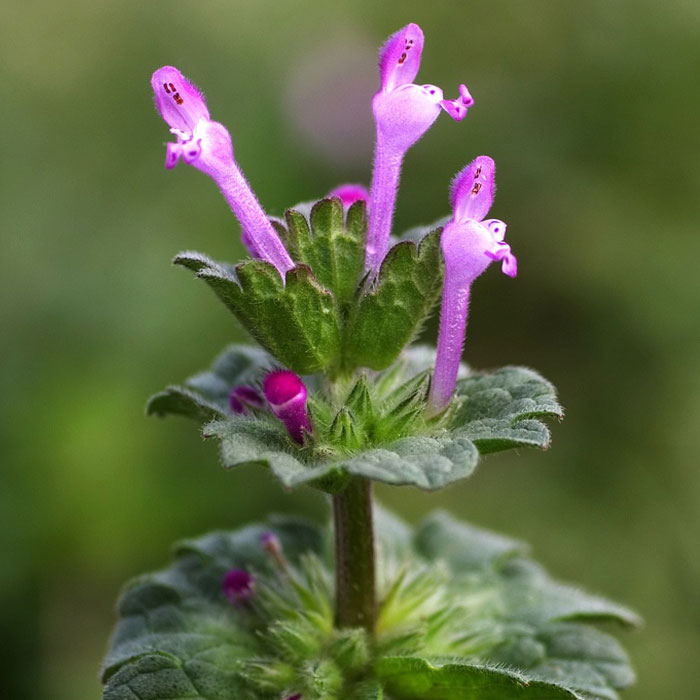 Image credits: WikiImages
Image credits: WikiImagesType: Annual weed.
Size: Up to 16 in (41 cm) tall.
How to identify: This low-growing plant has square stems and scalloped, rounded leaves. The lower leaves have petioles, while the upper leaves only half encircle the stem. The pinkish-purple, lipped flowers grow in whorls in the axils of the upper leaves.
Common henbit should be controlled before it becomes a problem. In the spring, use hand-pulling before the plants flower and produce seeds. Later, apply post-emergent, broadleaf weed herbicides with active ingredients like 2, 4-D, MCPP, dicamba, or triclopyr.
#22 Common Daisy (Bellis perennis)
Type: Herbaceous perennial weed.
Size: 8 in (20 cm) tall.
How to identify: A common daisy has green or purple stems, oval or spoon-shaped leaves with toothed edges, and white or pink flowers with yellow centers. The flowers close at night and re-open in the morning, following the sun.
Common daisy is quite attractive in its flowering stage and is often preferred for cultivation. However, if you still want to control its growth, focus on improving turf density. Also, consider using post-emergent, broadleaf weed herbicides with active ingredients like 2, 4-D, 2,4-DP, dicamba or MCPA, fluroxypyr, and triclopyr.
#23 Japanese Knotweed (Reynoutria japonica)
Type: Shrubby perennial plant.
Size: 10 to 13 ft (3 to 4 m) tall.
How to identify: The plant has stems resembling bamboo and minor green and white flowers that grow in clusters along the stems. It produces greenish, triangular-shaped fruits.
Cut and remove as much of the plant’s root as possible. Keep removing any regrowth for several seasons. After eight weeks following cutting, apply a non-selective herbicide containing glyphosate.
#24 Common Mallow (Malva neglecta)
Type: Annual or biennial weed.
Size: Up to 1 ft (30 cm) tall.
How to identify: The plant produces 5-petaled flowers ranging from pale lavender to white and fruits that form on long flower stalks. The leaves are round in shape and hairy.
To control common mallow, maintain healthy, dense turf. Use hand-pulling or selective post-emergent broadleaf weed herbicides containing 2, 4-D, MCPP, dicamba, or triclopyr.
#25 Annual Bluegrass (Poa annua)
Type: Annual weed but perennial bio-types also exist.
Size: 6 to 8 in (15 to 20 cm) tall.
How to identify: The plant has a fibrous rootstock and a flattened stem. The leaves are vivid green, canoe-shaped. The flowers are in open, triangular panicles with stalked, awnless spikelets.
Annual bluegrass is pervasive in lawns, gardens, cultivated crops, and open spaces. Its rapid growth in lawns outpaces other grasses, resulting in unsightly brown spots upon maturity. To control this type of weed, use hand-pulling or apply a pre-emergent lawn herbicide containing prodiamine, dithiopyr, and pendimethalin before the seeds germinate.
#26 Hedge Bindweed (Calystegia sepium)
Type: Herbaceous perennial vine.
Size: Up to 10 ft (3 m) long.
How to identify: Hedge bindweed is a vine with large, white, trumpet-shaped flowers with leafy bracts at the base. Its leaves are arrow-shaped, smooth, and serrated at the edges.
This vine is beautiful and fragrant. However, it’s also invasive and problematic for home gardeners. Remove this type of weed by digging it up as soon as possible after germination. In the fall, apply pre-emergent herbicides to destroy the seeds and non-selective herbicides for the foliage down to the roots.
#27 Poison Sumac (Toxicodendron vernix)
Type: Perennial woody shrub or tree.
Size: Up to 30 ft (9 m) tall.
How to identify: The plant has pinnate leaves with 7–13 oval leaflets with serrated and wavy edges. The leaflets are red along the stems. The green flowers grow in clusters, followed by whitish-gray, flattened fruits.
All parts of the plant are toxic and can cause harsh allergies if touched or inhaled. Pull out the plants by hand or with a hoe, ensuring you remove the entire root system. You can also use pre- or post-emergence herbicides that contain glyphosate, triclopyr, or 2,4-D to kill the plants without harming other flora.
#28 Hedge Bedstraw (Galium mollugo)
Type: Perennial weed.
Size: Up to 4 ft (120 cm) tall.
How to identify: Hedge bedstraw boasts square stems that stand upright with branches growing upward. It produces small white flowers with four petals rising from the leaf axils.
To control its growth, pull out mature plants by hand or with a hoe, ensuring you remove the entire root. Use effective tillage to destroy the perennial crowns and non-selective broadleaf herbicides to kill the unwanted plants. Apply these methods in the spring before the plants flower and produce seeds.
#29 Ribwort Plantain (Plantago lanceolata)
Type: Herbaceous perennial.
Size: 7 to 24 in (20 to 60 cm) tall.
How to identify: The narrow-leaved plantain is an edible weed characterized by its long leaves and leafless, silky, hairy flower stems that end in an ovoid inflorescence containing many small flowers. It’s distinguished by brown fruits positioned near the top of the stem.
Hand-pull plants before they produce seeds. To limit the growth of seedlings, use pre-emergence herbicides containing isoxaben, flumioxazin, and indaziflam. For established ornamental plantings, use post-emergence spot treatment with non-selective herbicides containing glyphosate.
#30 Common Horsetail (Equisetum arvense)
Type: Perennial weed.
Size: Up to 2 ft (60 cm) tall.
How to identify: The plant is a fern that has two types of stems: fertile and sterile. The fertile stems are brown, unbranched, and have cone-like structures at the tip that produce spores. In contrast, the sterile stems are green, branched, and have whorls of needle-like leaves. The stems are hollow and have joints that can be easily separated.
Common horsetail can be challenging to eradicate due to its deep and extensive rhizomes that can regenerate new plants. Consider using a pre-emergent herbicide with the active ingredient dichlobenil or a post-emergent herbicide containing MCPA to control these types of weeds.
Popular Queries About Lawn Weeds (FAQ)
How Do I Identify Weeds in My Plants?
There are several ways to identify weeds in the grass. One of the easiest ways is to identify weeds by photo using this article or dedicated apps. You can also identify weeds by description, comparing flower color, number of petals, leaf shape, and other plant characteristics.
Here are some general tips for identifying weeds:
- Weeds are often invasive, meaning they spread quickly and overtake the space of other plants.
- Lawn weeds often have small, inconspicuous flowers that produce a lot of seeds.
- Weeds often have adaptations that help them survive in harsh conditions, such as thorns, spines, hairs, or sticky sap.
Does Vinegar Kill Weeds?
Vinegar can kill weeds by breaking down their cell walls and removing moisture. However, vinegar isn’t selective and will harm your desired plants if you spray them. Therefore, you should use vinegar carefully and only on the weeds you want to get rid of.
To make a weed killer using homemade vinegar, mix 1 gallon (3.8 liters) of distilled white vinegar with 1 cup of table salt and 1 tablespoon of dish soap. The salt will dry out the weed’s root system, and the dish soap will help the vinegar stick to the leaves.
On a sunny day, spray the vinegar solution on the leaves and stems of the weeds. Make sure you don’t spray the soil or other plants. You may need to reapply the solution every 2–3 days until the weeds die.
What Weeds Are Difficult to Control?
Depending on the climate, soil, and lawn conditions, many types of weed plants can be challenging to control. Common blue violets have a thick taproot that makes them hard to pull out, and they can also spread by seeds or rhizomes.
Ground-ivy has a square stem that roots at every node, forming dense mats that smother other plants and are difficult to exterminate. Yellow nutsedge, common horsetail, and hedge bindweed have underground structures, such as rhizomes, tubers, or bulbs, that store energy and allow them to regrow even after mowing or pulling.
To control these lawn weeds, you may need to use cultural, mechanical, and chemical methods, such as improving soil health, mulching, hand-weeding, and applying selective or non-selective herbicides.
2Kviews
Share on FacebookThis article didn't identify the typical habitat of any plant listed. Yes, some are common to Europe and North America, but we're hardly plagued by invasive violets in my area! I recognized many of these, however. Showing both berries AND leaves of many (i.e. nightshade) would help.
The chickeeeds, Shepard's purse, and purselane are edible (in moderation). Dandelion has been used for centuries as both food and medicine. Plaintain leaves have been used in the past on wounds that are slow to heal. I realize you may not want these in your yard, but some of these do have their uses. Many are valuable food sources (nectar, pollen) for beneficial insects. A weed is a "plant out of place". There are other methods besides spraying. Do your research before digging out the chemicals. Thanks. I'm a plant nerd, and I approve this message 😁👉🪴
You probably have dandelions. They're found on every continent except Antarctica. 😉
Load More Replies...This article didn't identify the typical habitat of any plant listed. Yes, some are common to Europe and North America, but we're hardly plagued by invasive violets in my area! I recognized many of these, however. Showing both berries AND leaves of many (i.e. nightshade) would help.
The chickeeeds, Shepard's purse, and purselane are edible (in moderation). Dandelion has been used for centuries as both food and medicine. Plaintain leaves have been used in the past on wounds that are slow to heal. I realize you may not want these in your yard, but some of these do have their uses. Many are valuable food sources (nectar, pollen) for beneficial insects. A weed is a "plant out of place". There are other methods besides spraying. Do your research before digging out the chemicals. Thanks. I'm a plant nerd, and I approve this message 😁👉🪴
You probably have dandelions. They're found on every continent except Antarctica. 😉
Load More Replies...
 Dark Mode
Dark Mode 

 No fees, cancel anytime
No fees, cancel anytime 






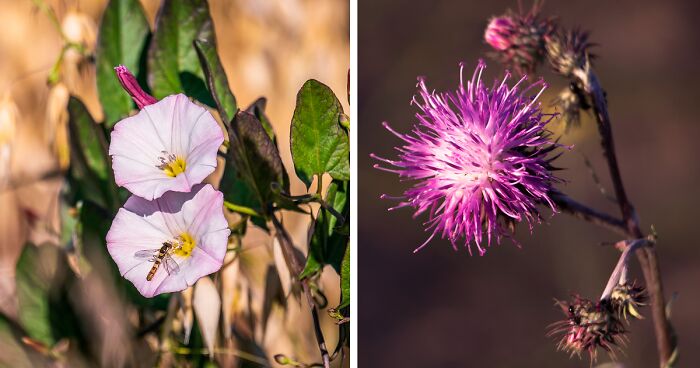
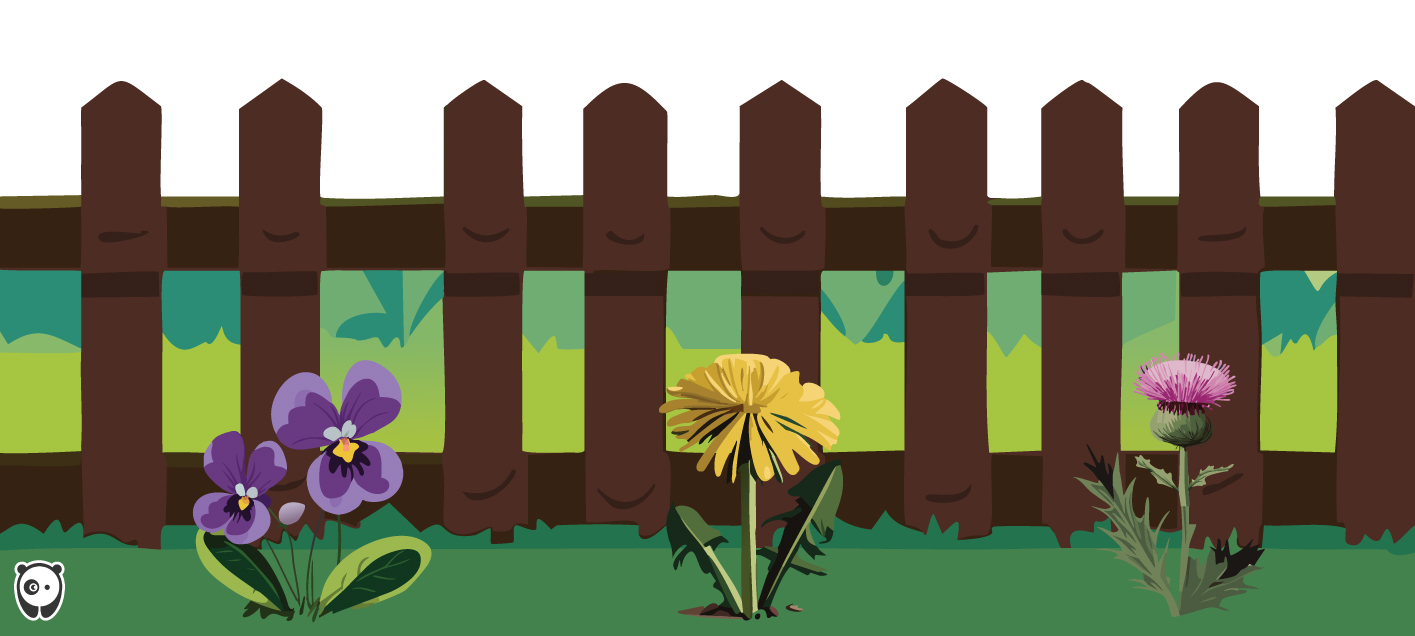
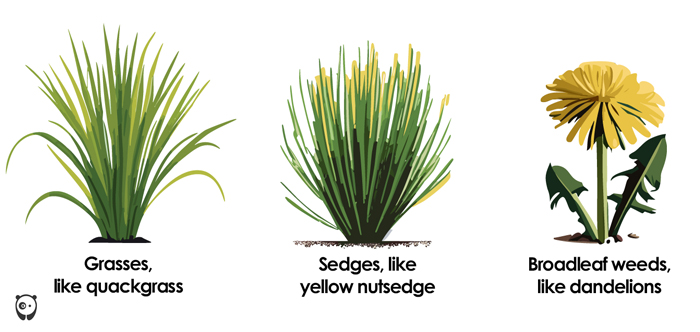
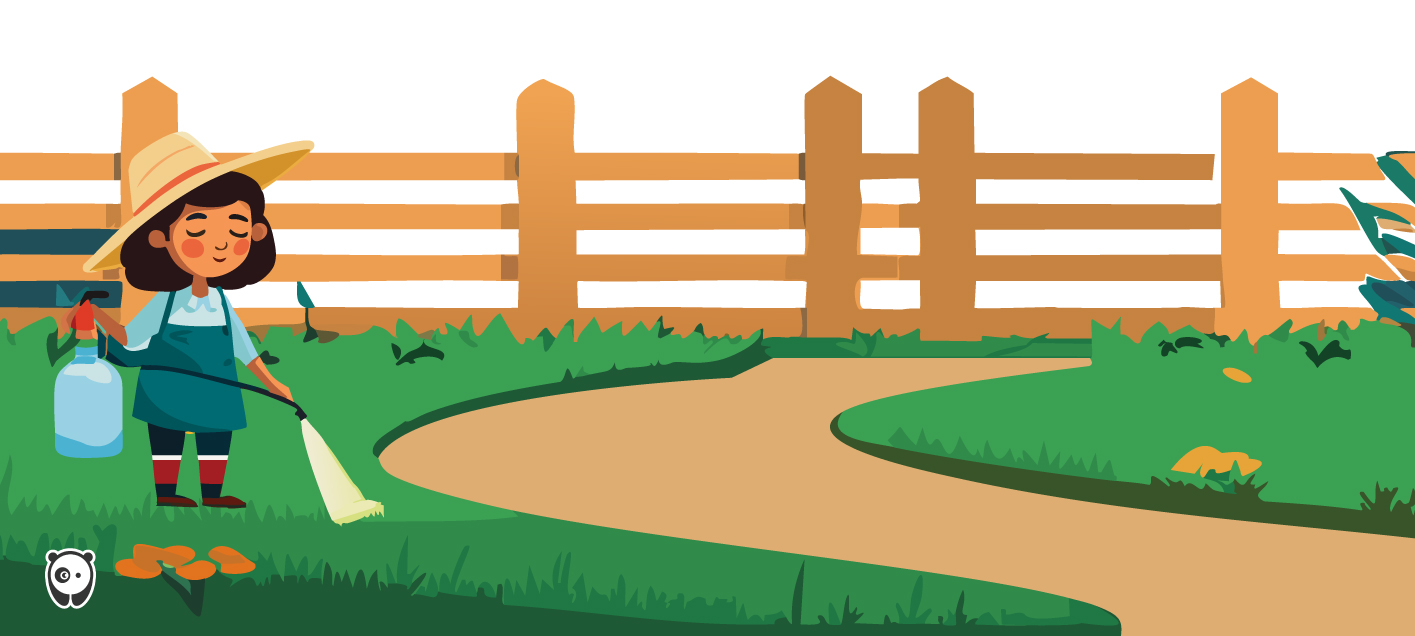
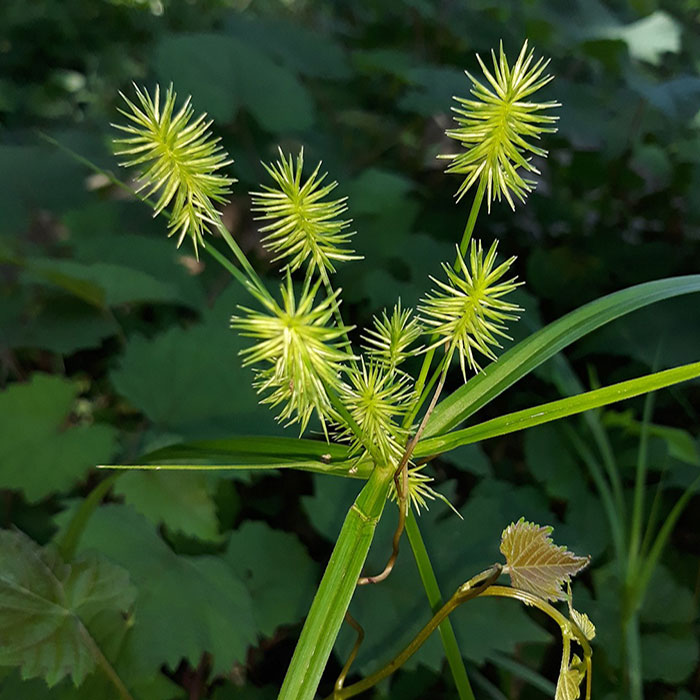 Image credits:
Image credits: 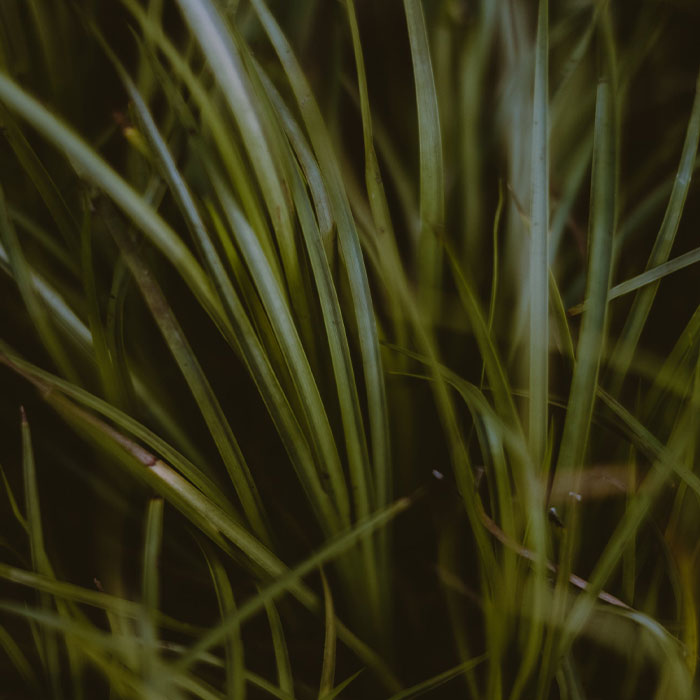 Image credits:
Image credits: 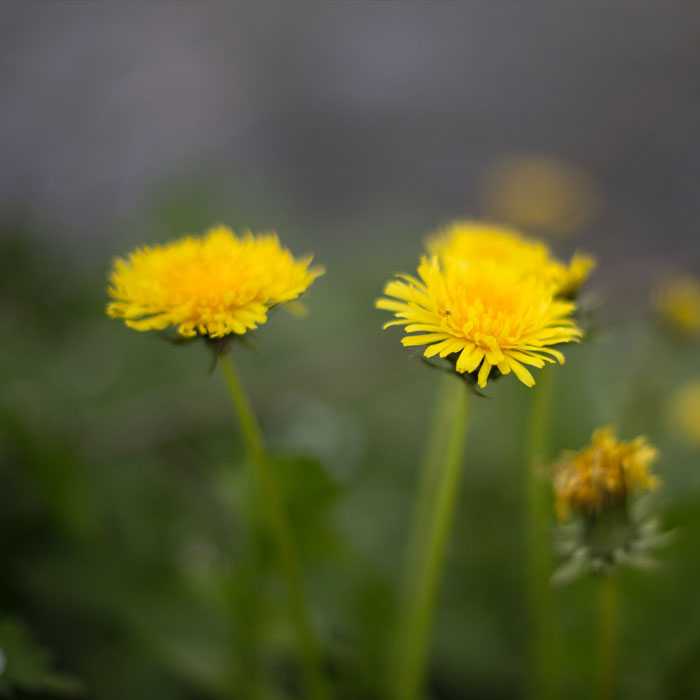 Image credits:
Image credits: 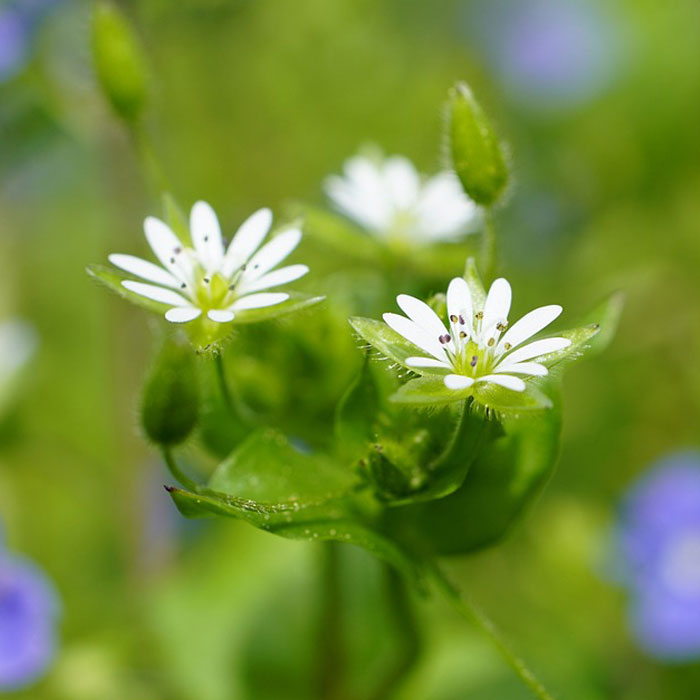 Image credits:
Image credits: 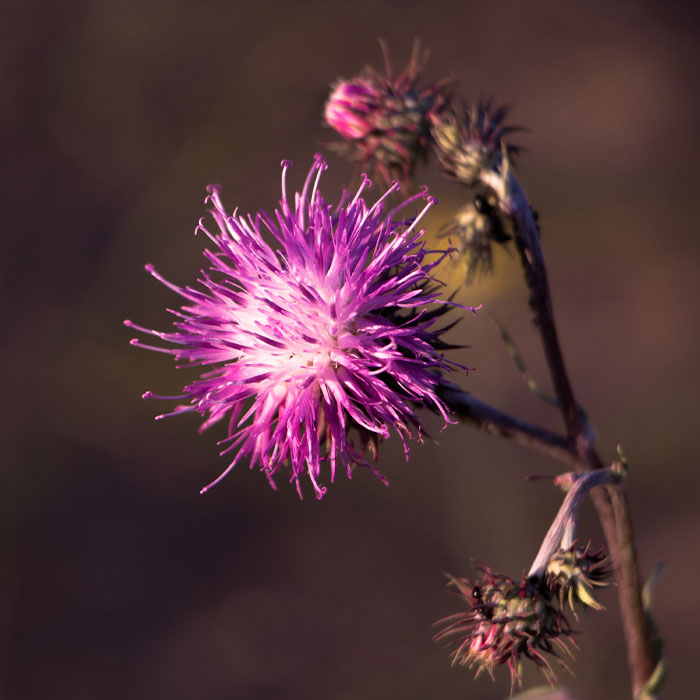 Image credits:
Image credits: 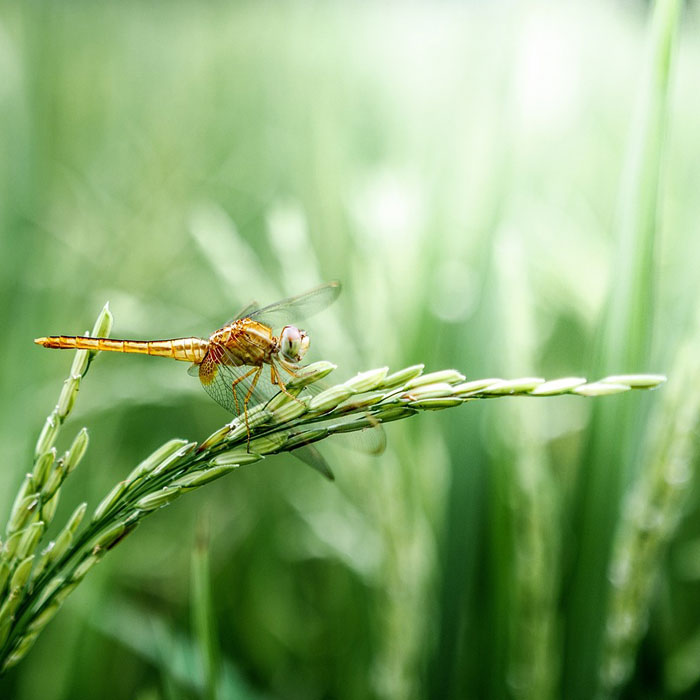 Image credits:
Image credits: 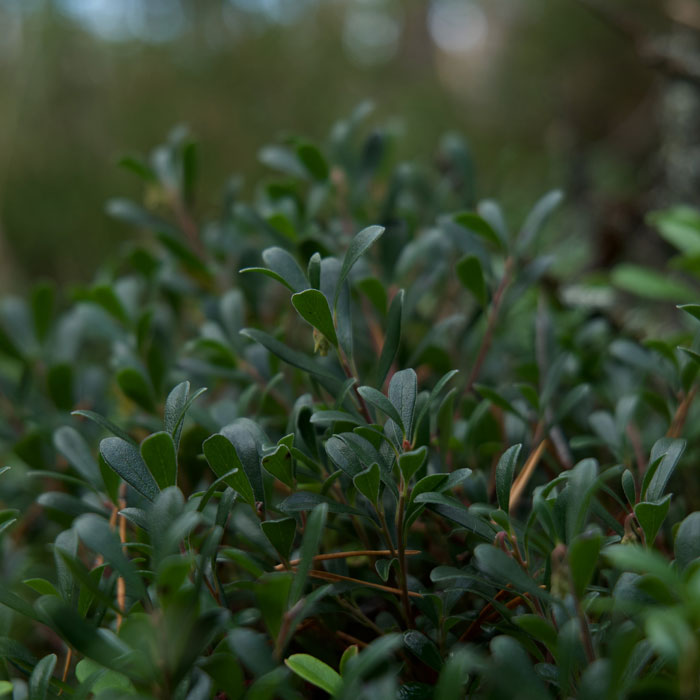 Image credits:
Image credits: 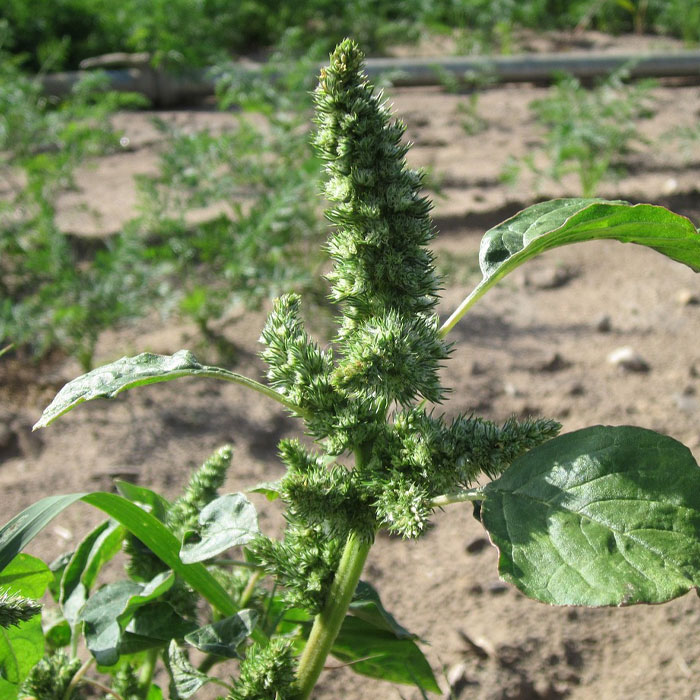 Image credits:
Image credits:  Image credits:
Image credits: 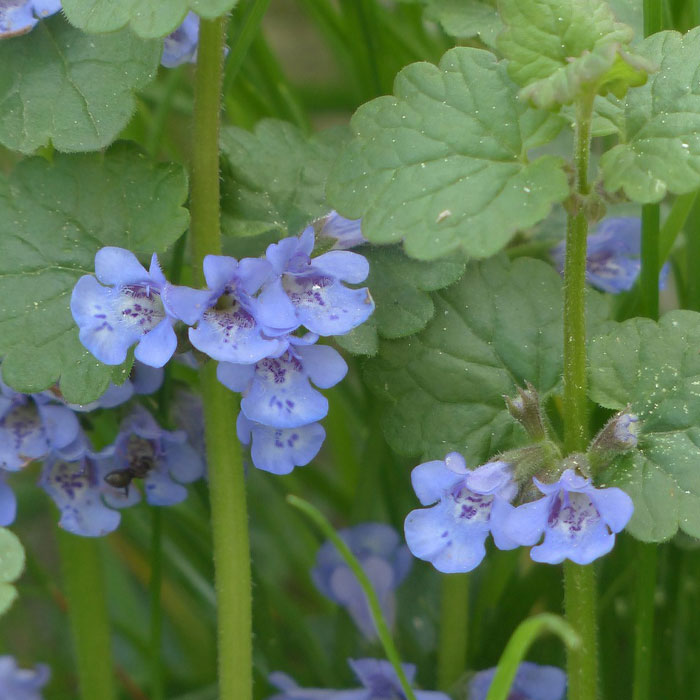 Image credits:
Image credits: 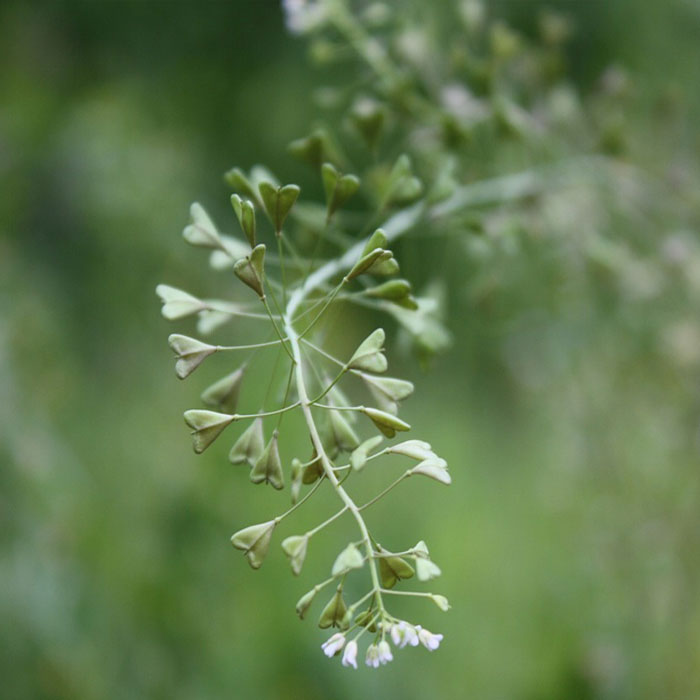 Image credits:
Image credits: 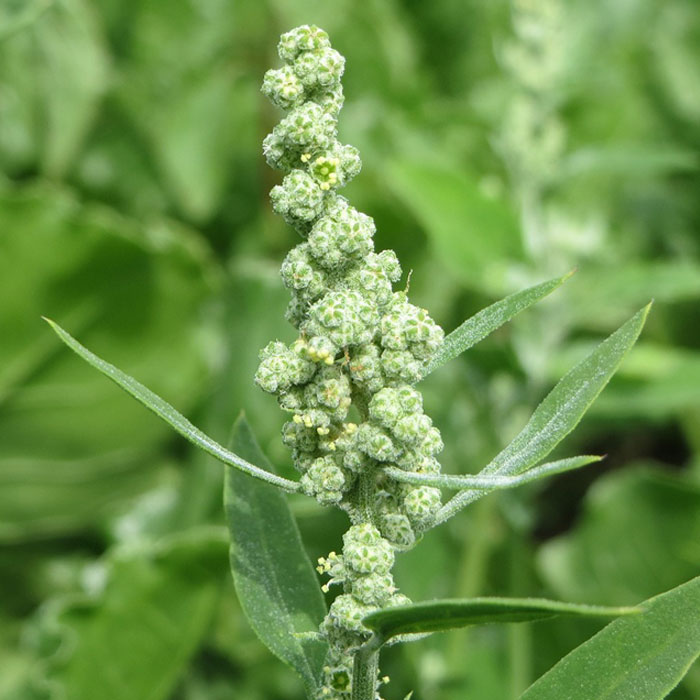 Image credits:
Image credits: 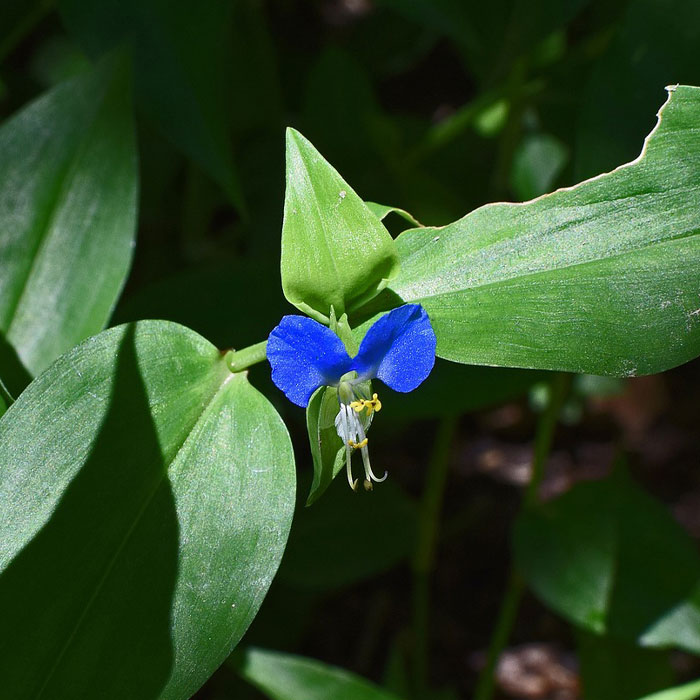 Image credits:
Image credits:  Image credits:
Image credits: 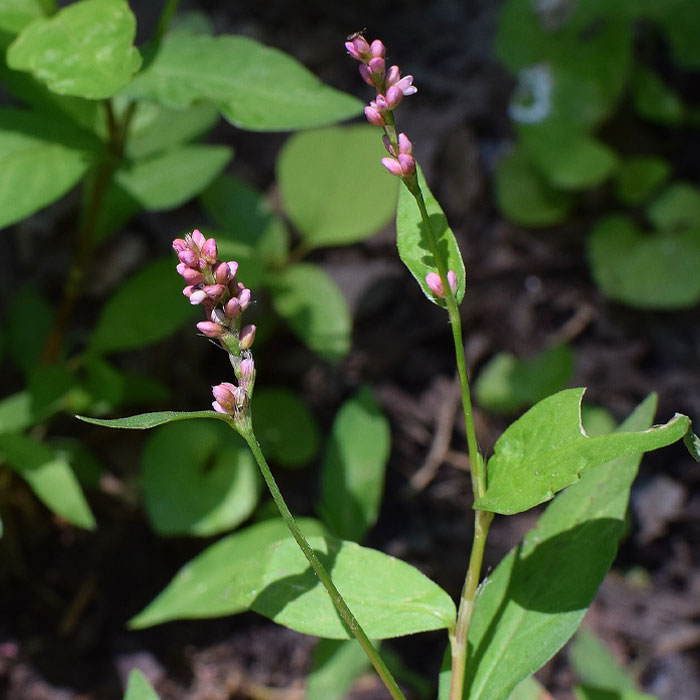 Image credits:
Image credits:  Image credits:
Image credits: 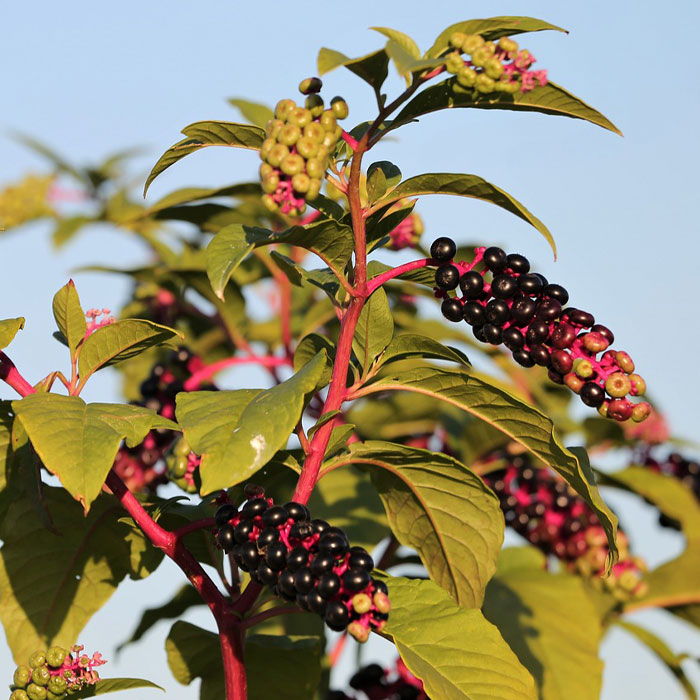 Image credits:
Image credits: 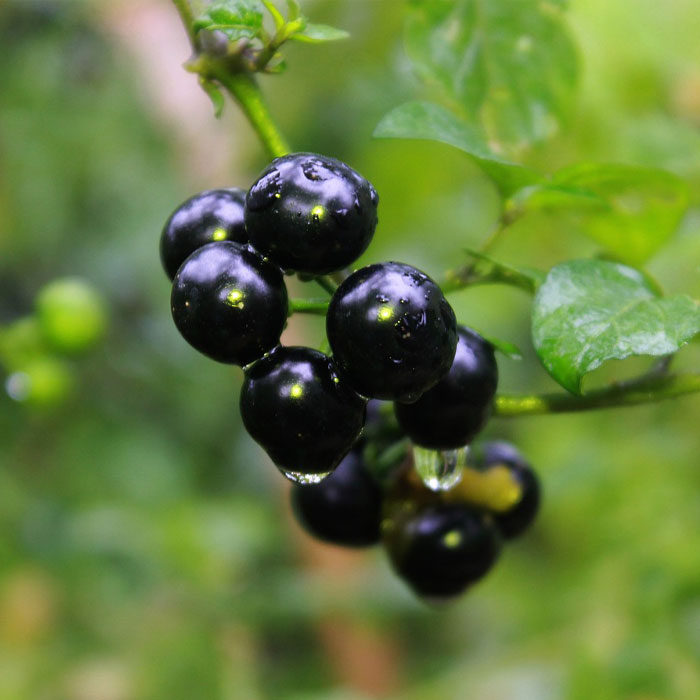 Image credits:
Image credits: 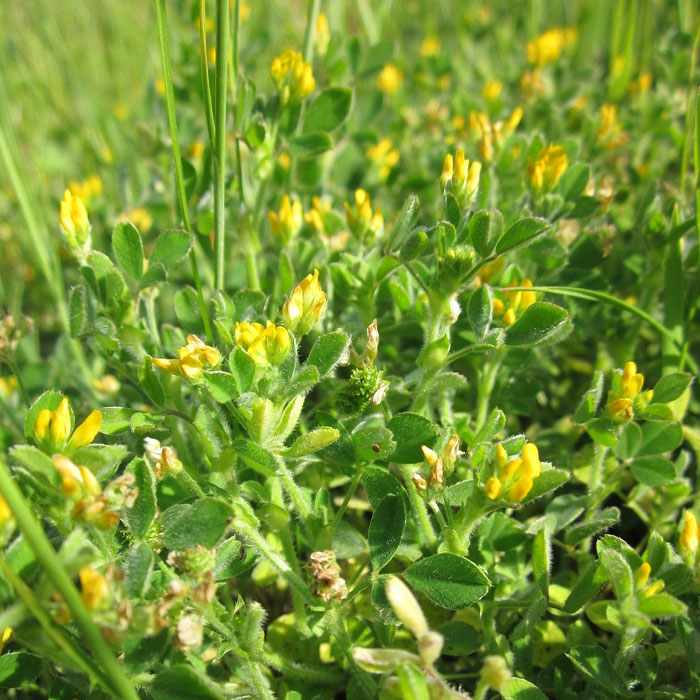 Image credits:
Image credits:  Image credits:
Image credits: 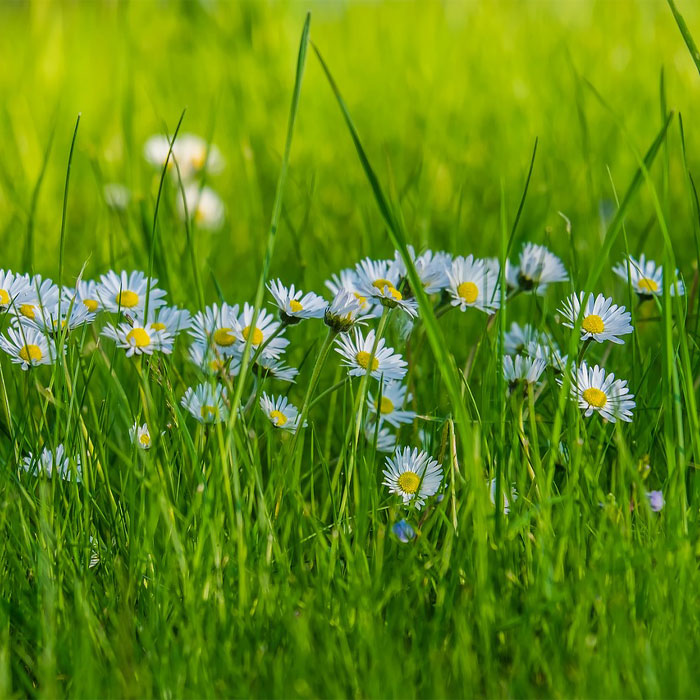 Image credits:
Image credits: 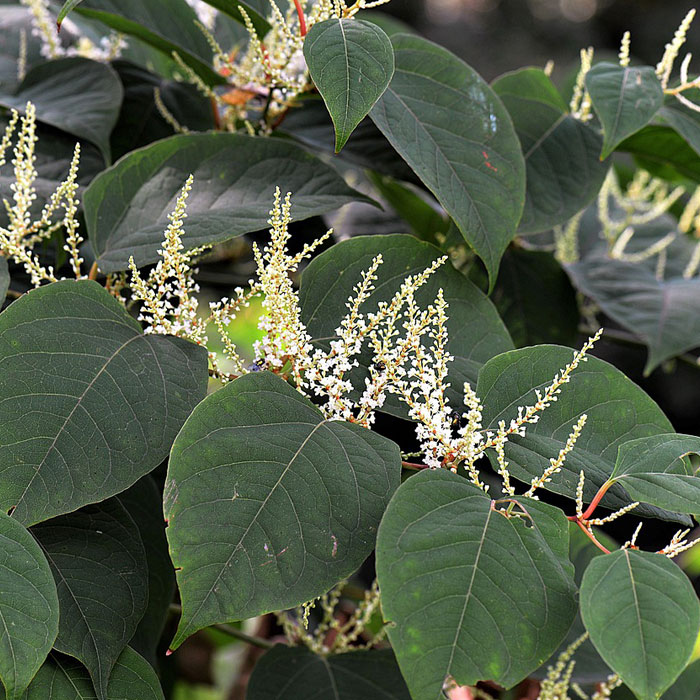 Image credits:
Image credits: 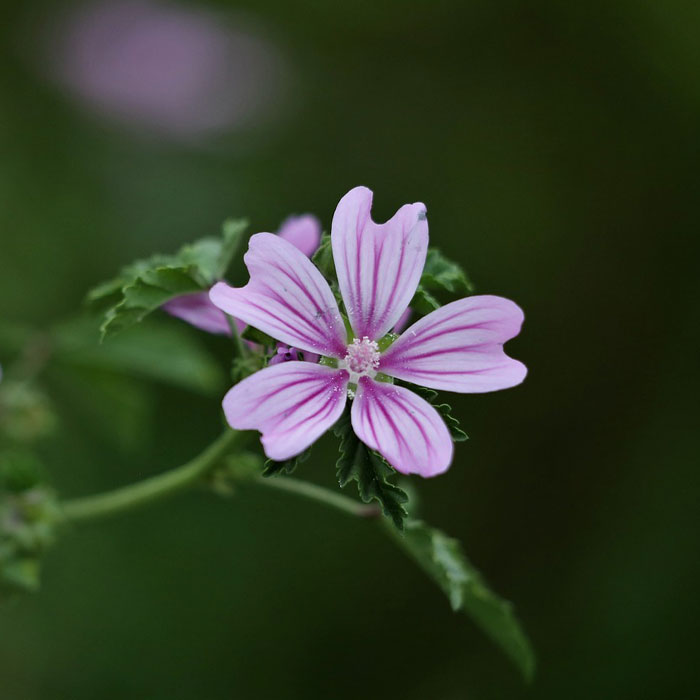 Image credits:
Image credits:  Image credits:
Image credits: 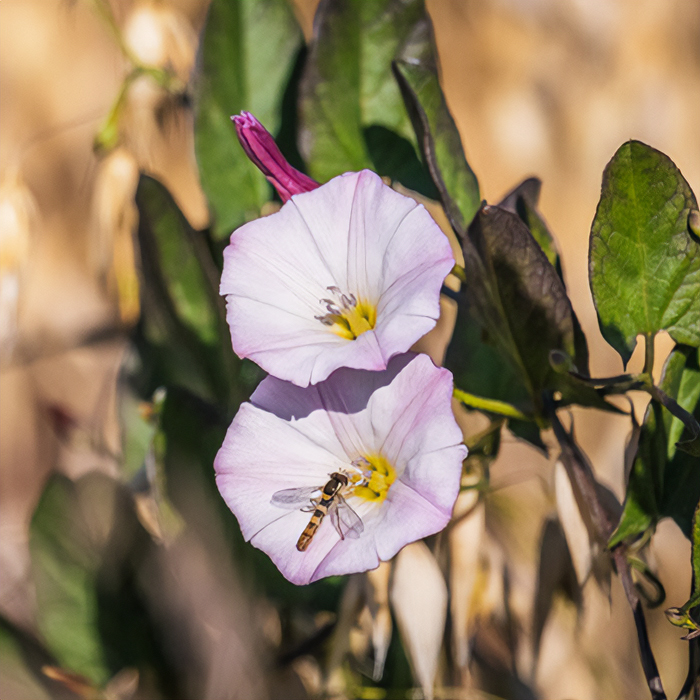 Image credits:
Image credits: 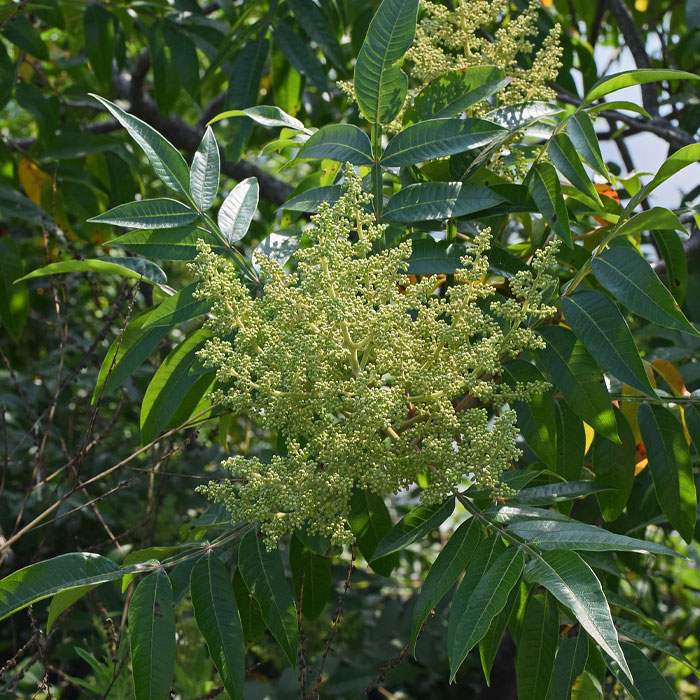 Image credits:
Image credits: 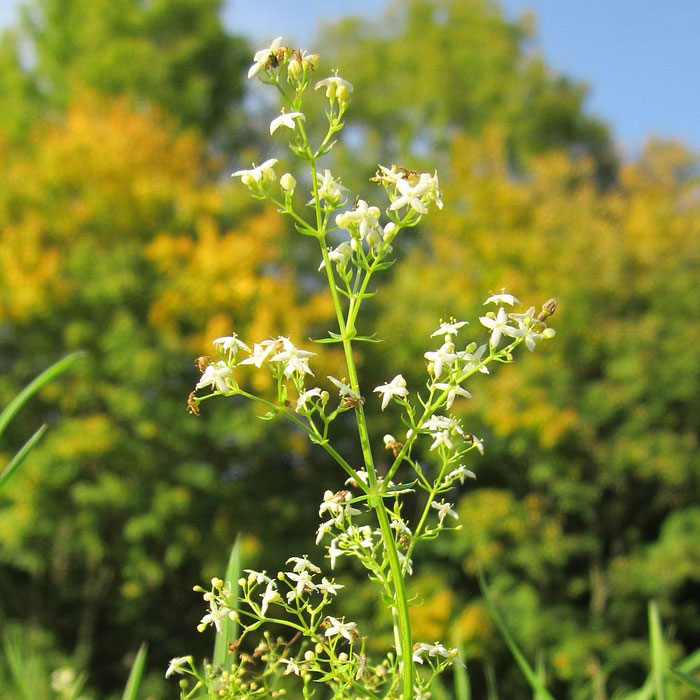 Image credits:
Image credits: 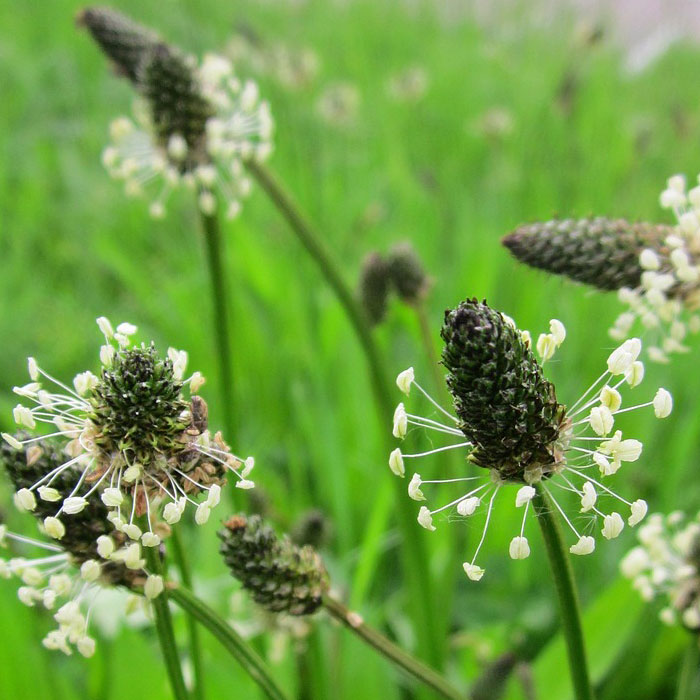 Image credits:
Image credits:  Image credits:
Image credits: 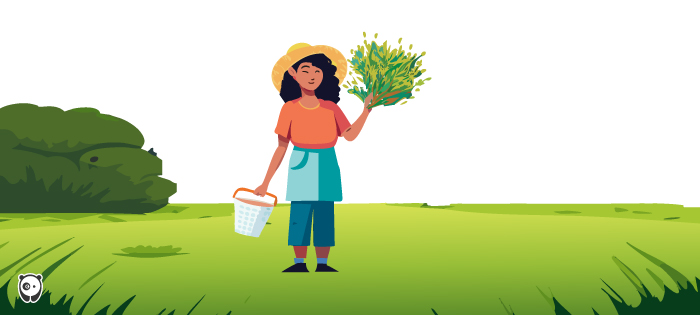
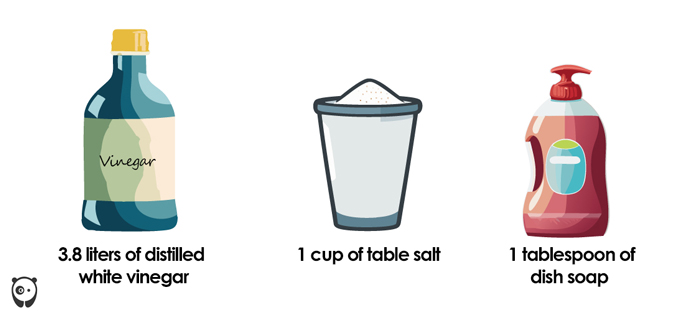
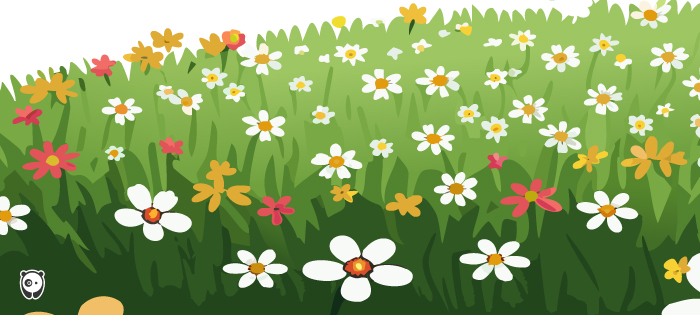
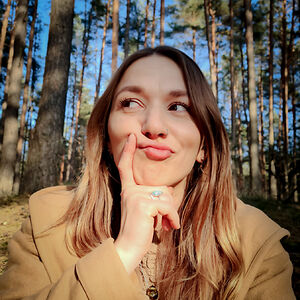
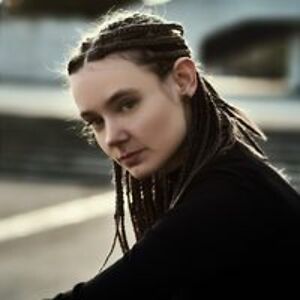










































12
4